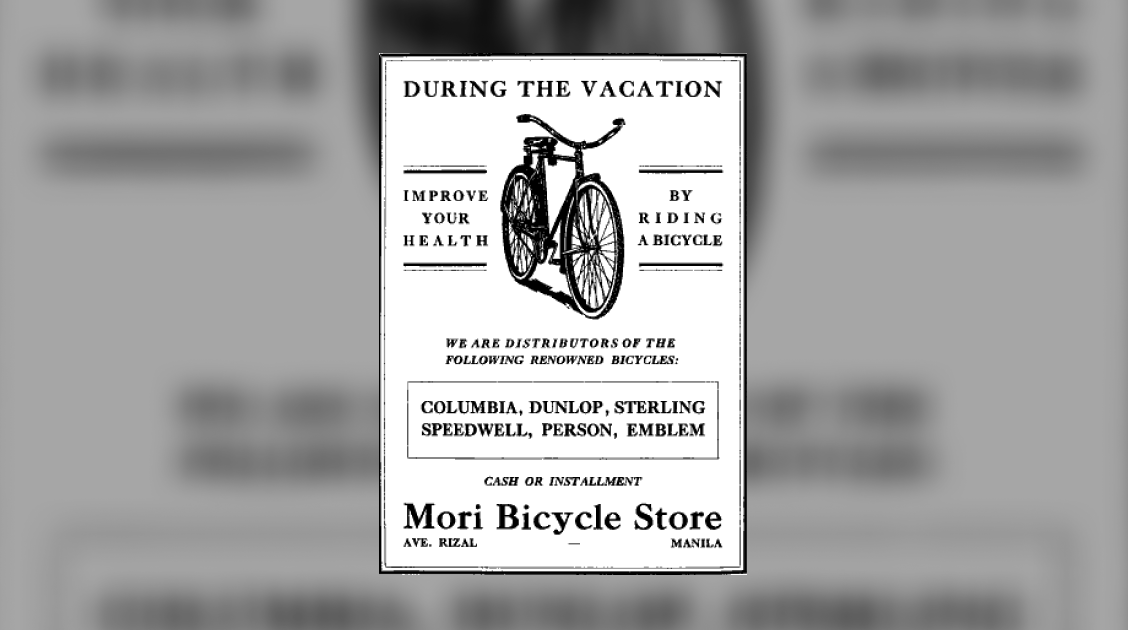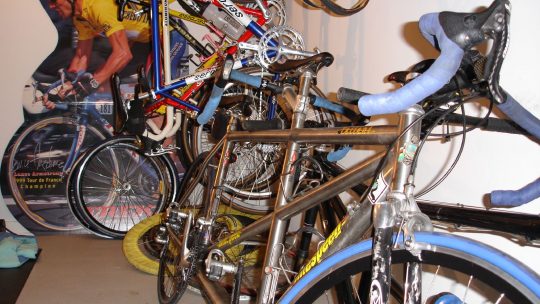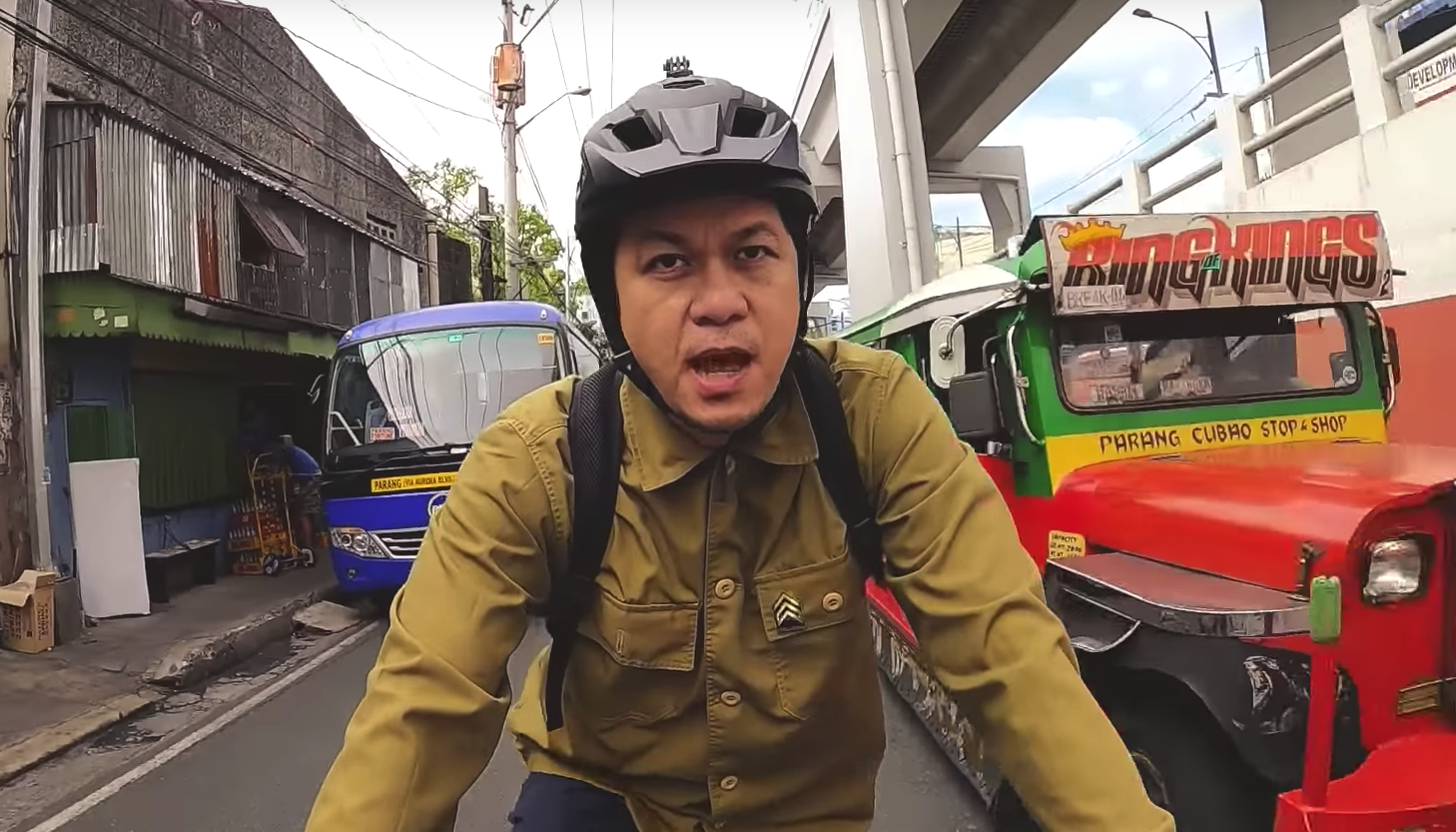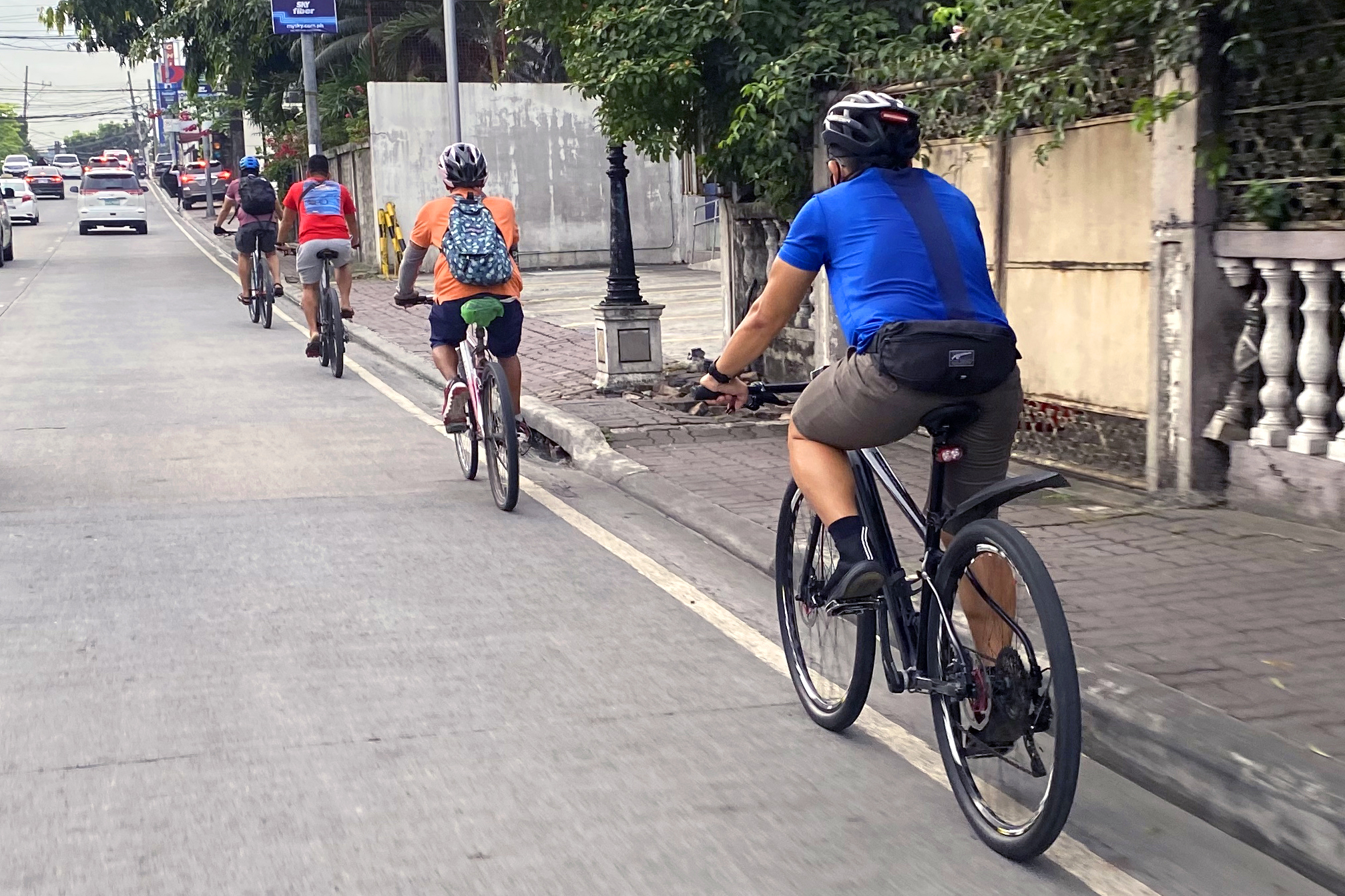Students of history will be quick to tell you that what we know of the past is based on what we can find of its fragments. We scour archives for documents, photos, correspondences, scripts, journals, publications, and manuscripts; and, like paleontologists, we try to construct a model of the past based on these “dinosaur bones.”
Most of the time, we research the things that matter to us: family histories, social histories, economic histories, food histories. But the existence and availability of primary sources that relate to these topics are inconsistent.
Bicycles in Philippine history is a challenging topic because we didn’t have race traditions as big as the European classics or their grand tours, and we didn’t have a local bike building industry until the mid-20th Century. But that hasn’t stopped us from doing cursory searches of bicycles in our history. And there is plenty to be found for the patient researcher.
Here are some of the interesting things we found about bikes during the American period in the Philippines.
The late 19th Century and into the next
Even before the Americans came, bicycles were already part of Filipino life. Joseph Earle Stevens’ book on his memories of life in Manila during the last years of the Spanish colony makes a few mentions of bikes. His entry for January 1894 reads:
Manila streets, outside of the city proper, are smooth, hard, and well shaded by the arching bamboos. They are already proving attractive to the bicycle, which, though very expensive out here at the antipodes, is growing in favor, especially among the wealthier half-castes, or mestizos.
Later on he describes bicycle races in Luneta, albeit in an underwhelming fashion:
Yesterday was the celebration of the expulsion of the Chinese invaders from the Philippines, about a hundred years ago, and the whole city was aglow with flags and decorations. In the afternoon everybody went to the Luneta to see the bicycle races and to hear the music. A huge crowd surged around the central plaza, and the best places in the band-stand were reserved for the Spanish ladies and Government dignitaries. The races were slow, but the crowd seemed perfectly satisfied as one after another of the contestants tipped over going around the sharp corners.
But the invention of the pneumatic tire made bicycles more accessible in the late 19th Century and resulted in a bike boom in the United States. Better comfort and compliance also meant that the bike was finally unleashed, and endurance events began to grab hold of the imagination. Companies like the Columbia Bicycle Agency began to sell the idea of bikes as the invention of the century, and built on the marvel of human-propelled transport that could go far and get there fast.

Soon after, bicycles from the US began to find their way into Philippine streets. Even as early as 1902, the Philippine Commission’s ordinance on the use of the public streets and places of Manila included bikes:
SEC. 21. Every bicycle shall be regarded as a vehicle and subject to all ordinances and regulations relating thereto. It shall carry a light when in use after dark, and a bell or whistle at all times, which shall be sounded when approaching any street crossing or intersection, or any vehicle or person occupying the street.
Government records also show that 1,381 bicycles were registered in 1904 alone, with 702 more in 1905, before bike registration was halted in 1906.
Leisure and fitness machines
By the 1920s, bicycles were being marketed as vehicles for fun and health on top of their practical use as transport. An advert in the July 1926 issue of the Philippine Education Magazine goes:
The exercise you get from bicycle-riding is pleasurable, profitable, and lasting. It not only gives you excellent exercise, but saves you money on transportation. You can go quickly, comfortably and economically on a bicycle, and its first cost is practically all the expense there is.


Another ad claims that going by bike doubles the appeal of travel, while yet another pushes its health benefits. By this time, more than a few brands are being sold in Manila: Columbia, Dunlop, Sterling, Speedwell, Person, and Emblem among others!
Bike transport
Of course, the most common use of a bicycle even then was transport. Bikes were being sold as a great way to go to school for those who could afford it. Interestingly, this probably applied to teachers more than it did for students because of the cost of a bicycle!
The truly amazing thing was that it was actually possible for teachers to have the Bureau of Public Instruction to subsidize their bike purchases. This allowance was provided for teachers who were availing of horse, bike, motorcycle, or motor boat fares to get to work. Instead of continuing to hire such conveyances, teachers were given allowances for the purchase of their own vehicles. For bicycles, the allowance was calculated at a rate of “4 centavos per kilometer traveled, not to exceed P10 per month.”
It wasn’t just the Bureau of Public Instruction that relied on bikes for its workforce, as the Bureau of Public Works also made extensive use of bikes. For road construction and maintenance, the bureau would assign a foreman a motorcycle to get around. But the main supervisors were actually the capataz, who were assigned to shorter segments and were assigned bicycles instead. A bureau report reads:
If the section is 10 kilometers or more in length, transportation is furnished the capataz, preferably a bicycle. In some provinces the capataces furnish their own transportation. The personal equation enters into consideration when adopting one or the other method. Generally better service may be obtained from the capataces if the province provides a bicycle, which morally obliges the capataz to use same, he being also held responsible for the condition of the bicycle.
—
Even with just a few glimpses of the bicycle’s presence in our history, we can only see the good it does. Bicycles were vehicles of practical purpose, as well as machines of romantic flights of fancy. Even then, the more intelligent among us recognized it for the marvel that it was and accorded it its proper place in society.
Perhaps, the most wonderful thing about studying the place of the bicycle in our history is finding proof that even after over a hundred years, it remains the most beautiful thing that humans have invented.








Leave a Comment